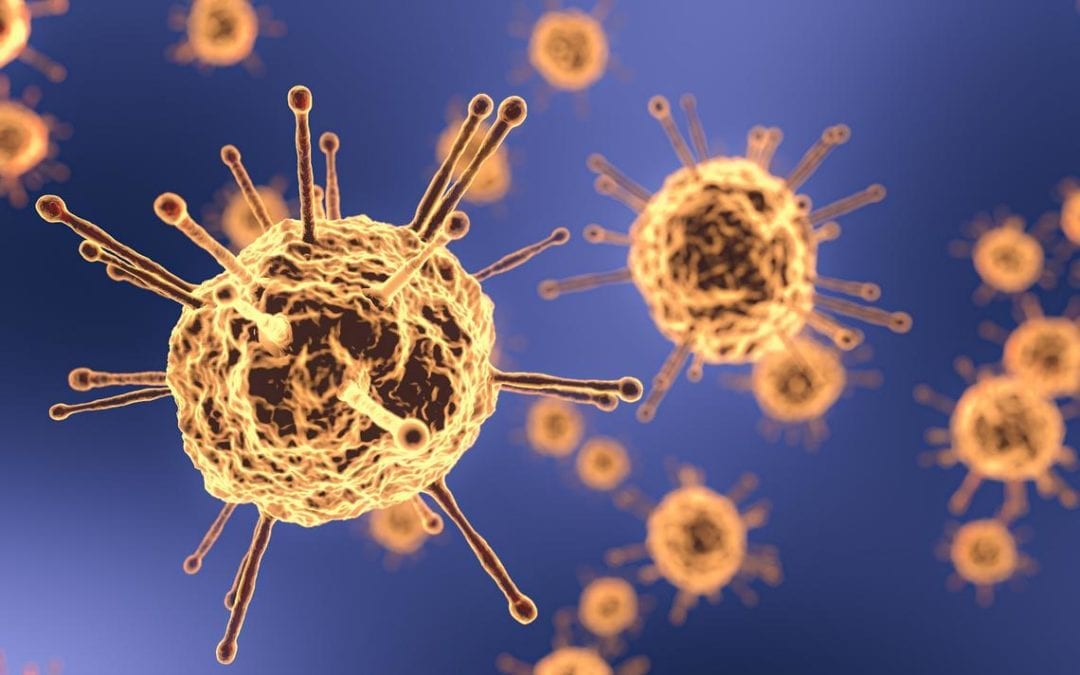“It’s important to reinforce what hasn’t changed as certain places of business and social settings are becoming more available to us,” said commissioner of health Jan Malcolm during an afternoon call with reporters on Monday, May 18. “At the business level, there’s a lot that businesses are doing to reopen in a safe way. And on the personal level, it’s important that when we are not feeling well, we really need to stay home and isolate.”
“None of this means it’s OK to go out into the community when you are feeling ill,” Malcolm said. “We can’t forget how important it is to keep six feet apart, and to wear masks when you are out of your house for any reason. We are going to be in this phase of staged reopening for quite a while. The ability to live with the virus is going to require treatment and vaccination . . . We’re going to need to keep up these behaviors for a long time to come in order to operate in the new normal.”
As a large portion of the state returns to work, health officials are not hiding their concern that the state could see a spike in new cases. Asked how long it would take to gauge a resurgence in sickness, the Minnesota Department of Health’s director for infectious disease Kris Ehresmann said that, given an incubation period of up to two weeks, then another week for testing, “it will probably take at least 21 days,” to know if the returning population is spreading the illness more actively.
Malcolm acknowledged that the public and even lawmakers are openly defying guidance to wear masks indoors or outdoors in crowded settings.
“As we learn some of this new data that shows the risk of virus from normal, conversation-level talking, and higher risk from loud talking, hopefully it helps people understand that there are reasons for these recommendations, risks where we didn’t appreciate them before.”
Though health officials did not sound close to mandating masks, the public’s slowness to adopt the protection has them concerned.
“That is a real concern,” Malcom said, “that people don’t see the need for it or think for some reason that it doesn’t apply to them or that as long as they are six feet apart they do not need to wear a mask. We need to do a better job of educating, and I think as more data comes out, people will find it persuasive and not some nerdy public health advice. I hope they will see that it comes from actual evidence that there is risk of transmission where we didn’t appreciate it before.”
Malcolm added that the state has been actively initiating its five-part battle plan to protect long term care facilities.
“We’ve sent testing teams out to 21 facilities,” said Malcolm, ” and we have an additional 54 in the cue and scheduled for testing.”
She said the state is building emergency staffing support to be used when care facilities find themselves short of personnel, and have teams ready to make on-site visits if a facility is identified as having a single positive case, teams including epidemiologists, infection control professionals, and partners in local public health to provide technical assistance and training.
To follow up with every new positive test, health officials said the state now has 400 contact tracing staff, with an additional 100 tracers in training, and expects to have 1400 case investigators and contact tracing workers by June 1.
For the first time in two weeks, deaths from COVID-19 dropped to single digits on Monday.
Nine people were reported to have died from the virus, including one person each from Ramsey and Washington counties, two from Anoka County, and five from Hennepin County. “That is the lowest daily count of deaths from COVID-19 that we have had in the last month,” said Malcolm. For weeks, daily death totals have hovered in the teens and low 20s, and have climbed to as high as 30.
Also on Monday, the state identified 705 laboratory-confirmed cases. The newly positive cases were spread proportionately throughout the state, however, showing no apparent concentrations in counties home to meat processing. Over 6,000 people were tested for the day. “That’s a big number for the weekend,” Malcolm said.
“I want to make a big reminder that anyone that has symptoms of COVID-19 can and should get tested,” Malcolm said. “We know there have been mixed messages over the last few months about who can and should get tested. But all the provider systems are now working very hard to have the capacity to test all people who present themselves with symptoms — or to provide referrals if a site is unable to test.”
As a public service, we’ve opened this article to everyone regardless of subscription status. If this coverage is important to you, please consider supporting local journalism by clicking on the subscribe button in the upper right-hand corner of the homepage.
Minnesota Department of Health COVID-19 hotline: 651-201-3920.
COVID-19 discrimination hotline: 833-454-0148
Minnesota Department of Health COVID-19 website: Coronavirus Disease (COVID-19) website.
This content was originally published here.

